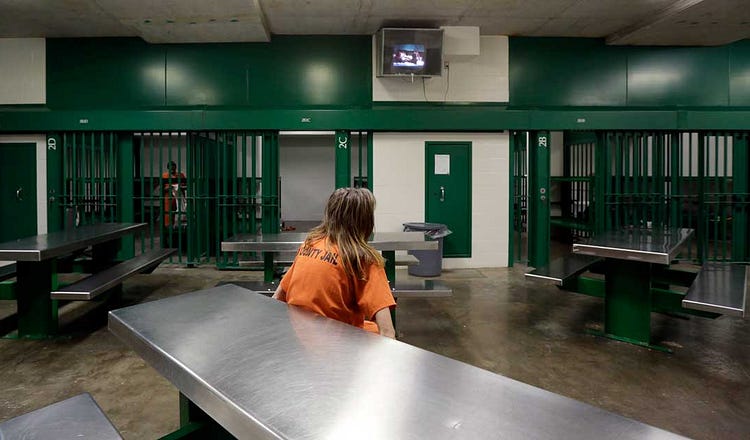
For years, Rhonda Fleming has been trying to get male criminals out of women’s prisons. The 58-year-old, who is serving a 27-year sentence for Medicare fraud, has spent nearly a third of her life behind bars, and for most of that time, she has been in federal prisons where she says she’s been forced to share facilities, including showers and restrooms, with male felons who identify as transgender.
“When they initially arrive, they have long hair and look like they’re trying to wear makeup,” Fleming told The Free Press. “But after they have achieved the goal of getting into a women’s prison, they start letting their beard and their mustache grow out, they get a haircut like a man, and they’re walking around like a guy.”
In January 2023, Fleming filed a lawsuit against the Federal Bureau of Prisons to end the policy of putting trans-identifying males in women’s prisons. Though many similar lawsuits have dropped over the past decade, Fleming’s is the first to make it to trial. On Tuesday in Tallahassee, Florida, a judge will hear her argument that the conditions of her confinement violate her constitutional right to bodily privacy.


